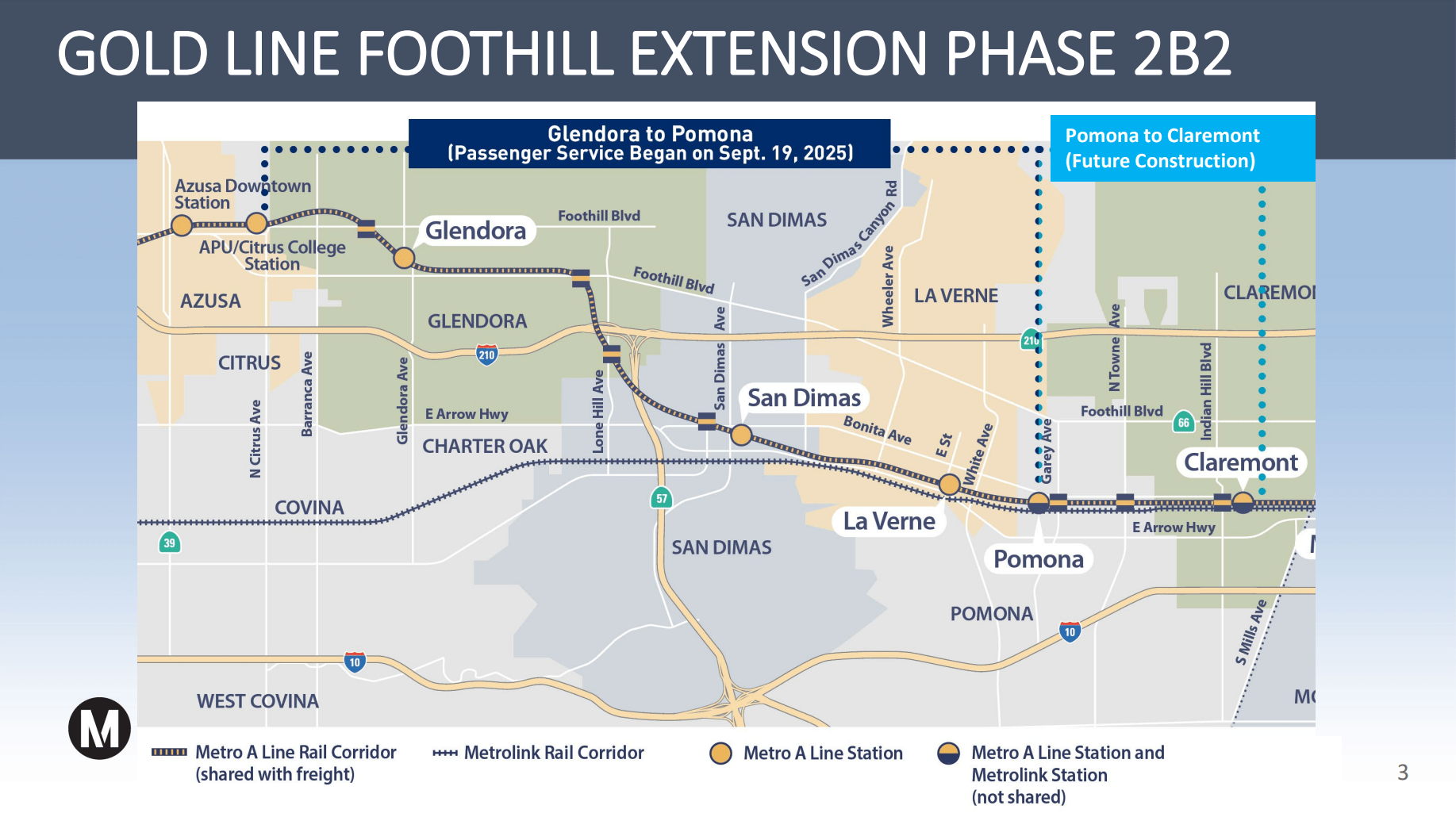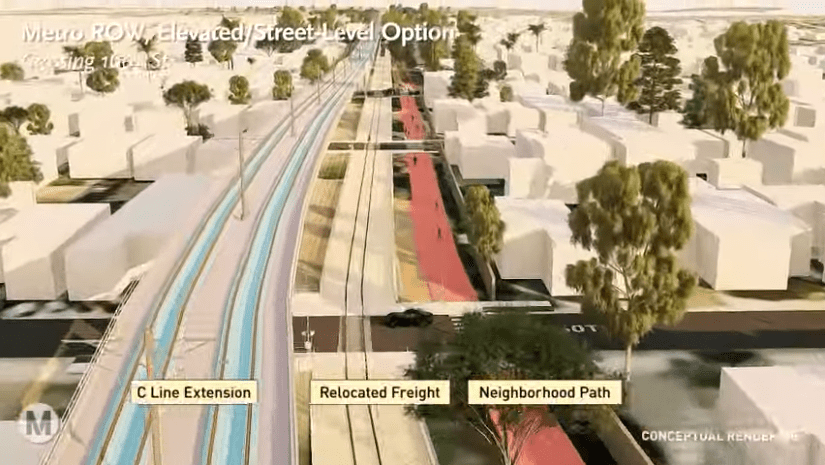
This is the fourth installment in Streetsblog’s series on transportation demand management at American colleges and universities. Part one gave an overview of TDM techniques that schools employ, part two profiled Stanford, and part three looked at MIT.
Sustainability is part of the ethos in Boulder, where there's a joke that there are more bikes than people. And the University of Colorado at Boulder has really taken that ideal to heart.
Almost a third of students -- and almost a quarter of faculty and staff -- who commute to the CU-Boulder campus do so by bus. Nearly 12 percent of faculty and student commuters arrive by bicycle. And almost a quarter of student commuters and 6 percent of staff get to campus by walking.
These non-automotive commute rates didn't happen by accident. Beginning in 1990, CU-Boulder embraced transportation demand management, setting up a university think tank to come up with new programs to reduce driving. The school's first action, in 1991, was to negotiate a discount student bus pass with the local transit system. Within three years, the program tripled ridership by students to 900,000 trips per year. By 2001, ridership had ballooned to 1.85 million annual trips. A study found that 65 percent of those trips would have otherwise been made by car, according to authors Will Toor and Spenser Havlick in Transportation and Sustainable Campus Communities.
The university extended the program to all faculty and full-time staff in 1998 and helped encourage the local transit system to secure federal funds to start new lines serving the campus. CU-Boulder now boasts of being in the top 9 percent of American colleges in transit usage and having "one of the lowest SOV modal shares" of any major university in the country.
That is all the more impressive, says Jeffrey Tumlin, a transportation consultant with the firm NelsonNygaard, because Boulder "is mostly a city of single-family homes."
"Boulder is this extreme outlier," said Tumlin, who did TDM consulting for the university years ago, "how they have made transit work for them in a very low density community."
The school calls the transit program "Ecopass." It assesses a $71 fee on all students each semester -- about 75 percent less than the cost of buying regular monthly transit passes -- and in return all students can ride local buses at no charge. Without Ecopass, the university would have had to provide 2,700 additional parking spaces at a cost of at least $5.6 million annually.
Today CU-Boulder offers just about every tool at its disposal to reduce solo car commuting: free city bus passes, car sharing, free bike rentals, at-cost bike repairs, free university-run shuttles, and a "guaranteed ride home" program. The university's many TDM programs are all administered by only two full-time staffers and cost about $5 million annually to operate. Like Stanford and MIT, CU-Boulder's TDM programs focus mainly on faculty and staff, as many students live on or near campus. Thanks to the school's efforts, less than half of faculty and staff -- about 47 percent -- drive to the university alone. Almost 10 percent bike to work, and another 6 percent walk.
The university has two bike stations where, with a $10 registration fee, students and staff can rent a bike short-term for free, or get an at-cost tune-up from student mechanics. The university partners with eGo Carshare to provide car sharing at eight locations around campus. Meanwhile, CU-Boulder's "The Stampede" shuttle service -- a circulator-style bus route on campus -- runs at 10-minute intervals from 7 a.m. to 7 p.m., according to Jena Cafiero, communications manager for the university's department of parking and transportation services.
For employees who opt for transit but don't want to worry about being stranded at work if there's an emergency at home, there's the university's guaranteed ride home program -- which picks up the tab for cab fare "just to give folks a little extra nudge," Cafiero says.
In its most recent Transportation Masterplan [PDF], completed by Alta Planning & Design and the Denver-based firm LSC Transportation Consultants, CU-Boulder set the goal of being carbon neutral by 2050. It also established "modal hierarchy," which places pedestrians at the top, followed by bicycles and skateboards, transit, car share/carpool and, lastly, single occupancy vehicles.
According to Alta and LSC, "CU-Boulder’s experience shows that TDM costs approximately four times less than building additional parking."
RELATED STORIES:
Transport U: Colleges Save Million by Embracing Policies to Reduce Driving








